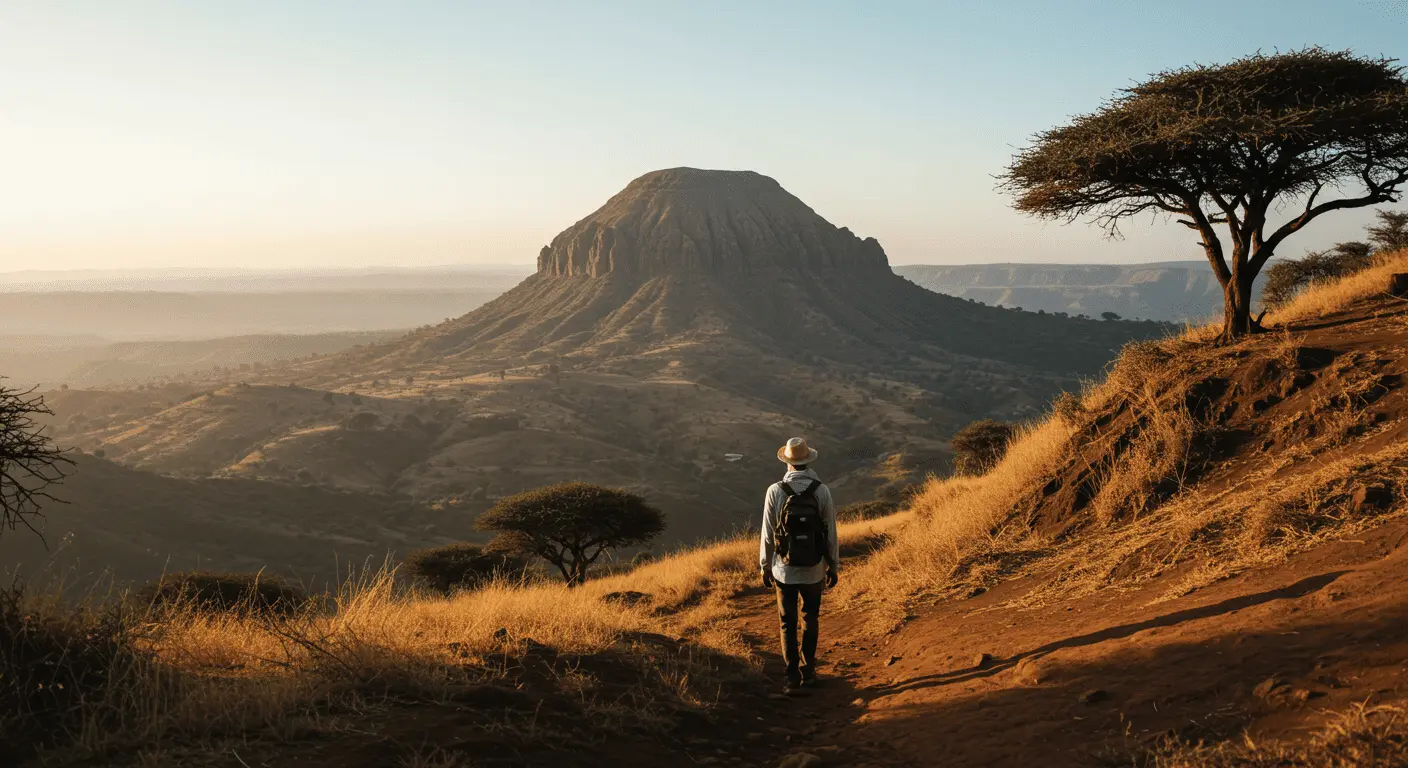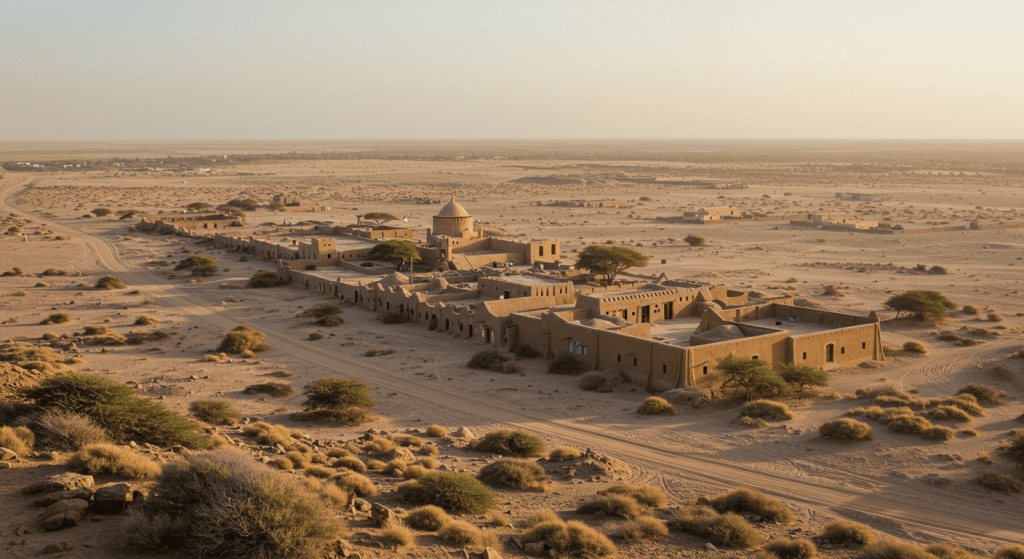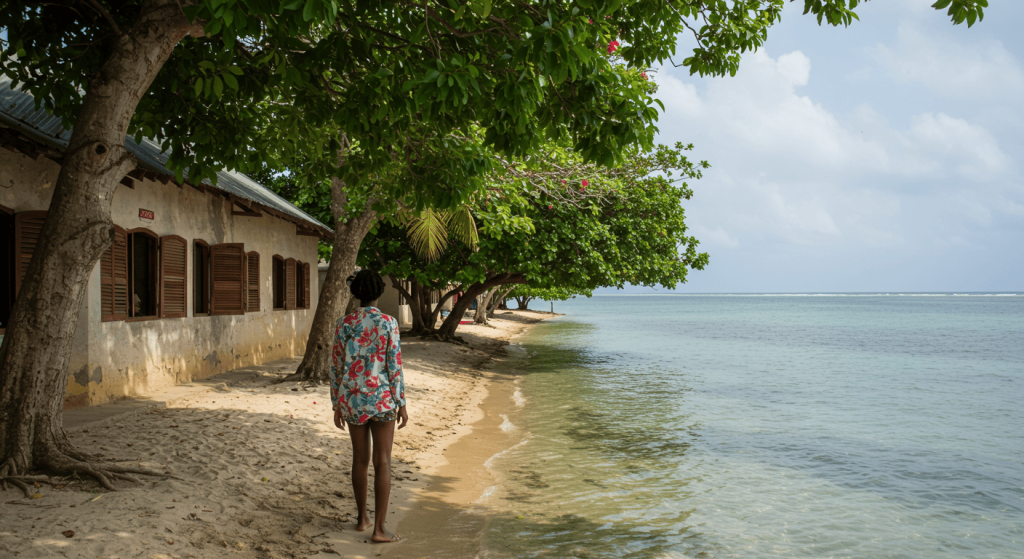
If your adventurous heart dreams of challenging hikes far from crowded trails and tourist clichés, Ethiopia is waiting to astound you. Forget the well-trodden paths of Kilimanjaro. Ethiopia’s dramatic landscapes boast vibrant cultures, fascinating wildlife, and trails that few travelers have explored. From the dizzying heights of the Simien Mountains to the lava-spewing volcanoes of the Danakil Depression, Ethiopia promises adventure like nowhere else in Africa. Here, you’ll find ancient churches perched on cliffs, winding paths overlooking breathtaking canyons, and hospitality that truly warms the soul. Prepare to lace up your boots; here are seven extraordinary Ethiopian trails ready to redefine your idea of adventure.
1. Reach for the Roof: The Simien Mountains Trek
Picture jaw-dropping cliffs, scarce wildlife like the endemic Gelada baboon, and valleys that look straight out of a fantasy novel—that’s the Simien Mountains for you. A UNESCO World Heritage Site, this range offers hikes ranging from gentle strolls to demanding multi-day treks that ascend above 4,000 meters. Target Ras Dashen, Ethiopia’s highest peak at 4,550 meters, for a memorable bragging-rights adventure.
Practical tip: hiring a local guide from Debark is mandatory and helpful. Guides not only ensure your safety but enrich your experience massively by explaining wildlife, geography, and local traditions. The altitude can challenge newcomers, so acclimatize slowly and stay hydrated.
2. Heat, Lava, and Otherworldly Landscapes: The Danakil Depression
Prepare yourself to wander landscapes that seem lifted directly from sci-fi movies. This scorching region includes volcanoes with bubbling lava lakes, colorful sulfur springs, and salty deserts stretching endlessly. The Erta Ale volcano hike is the star here, offering one of Earth’s few permanent molten lava lakes visible to adventurous travelers.
Important tip: extreme heat (up to 50°C/122°F!) means you must plan wisely. Book a trustworthy local tour operator, stick to their safety advice, bring extra water, protective clothing, sunscreen, and stay hydrated. Make sure to keep cameras secure; volcanic fumes and heat may damage equipment.
3. Ancient Trails and Cliff Churches of Tigray
Welcome to Tigray, where churches built hundreds of meters above the ground astonish even the most seasoned traveler. On rugged cliffs stand remarkable ancient churches carved into rock faces; visiting them requires climbing sheer cliff paths using ropes and harnesses. Following well-worn yet daunting mountain trails, you experience both natural beauty and rich spiritual history.
Insider tip: wear sturdy shoes with excellent grip, and follow your local guide’s advice closely. The climb to Abuna Yemata Guh, especially, is nerve-wracking—yet thrillingly unforgettable. Schedule visits for early morning to avoid midday heat and crowded trails.
4. Lost in Green Paradise: The Bale Mountains National Park
Bale Mountains National Park offers lush green landscapes, diverse wildlife, and trails quieter than those farther north. Hiking here brings encounters with the endangered Ethiopian wolf, unique antelope, and an incredible variety of birdlife. The multi-day trek from Dinsho to the Sanetti Plateau, descending finally into the Harenna Forest, showcases why Bale attracts nature enthusiasts seeking solitude.
Useful hint: nights in Bale can be freezing. Pack thermal clothing and a good sleeping bag. Hiring a knowledgeable ranger is also strongly recommended to fully grasp the park’s rare fauna and flora.
5. The Historical Route: Lalibela’s Countryside Trek
Yes, Lalibela is famous for rock-hewn churches, but step beyond the usual circuit, and pristine wilderness trails await. Several multi-day treks lead through mountains and valleys surrounding Lalibela, giving travelers authentic cultural interactions, sleeping in homestays, and joining local meals. A favorite route is the three-day trek from Lalibela through highland villages and farmlands before returning to explore the famed churches with a new appreciation.
Practical recommendation: this trek is best managed by hiring local operators who arrange overnight stays in friendly community-run guesthouses. Bring small gifts, stationery, or useful items—villagers warmly welcome such gestures, and they open cultural doors for meaningful interactions along the way.
6. Mysteries of Guassa Plateau: A Walk With Wolves
Chances are you’ve never heard of the Guassa Plateau, but wolves know its secret beauty. Guassa’s trails lead you across sweeping high-altitude grasslands, giving you excellent opportunities to spot the elusive Ethiopian wolf in its natural habitat. This conservation area managed by local communities remains beautifully untouched, ensuring devout nature lovers an intimacy rarely achieved elsewhere.
Friendly tip: plan at least a two-day hike or overnight camping to fully experience the serenity. Community-run eco-lodges provide simple yet comfortable sleeping arrangements. Visiting here directly helps support the plateau’s conservation and empowers locals economically.
7. Crater Lake Dreams: Wenchi Lake Eco-Trail
Crave a gentler yet equally captivating experience? Wenchi Lake, nestled in an extinct volcano crater near Addis Ababa, makes an ideal day hike or weekend escape. Following the rim path, you’ll witness spectacular vistas over crystal-clear waters, lush forests, and a monastery tucked upon a quiet island reachable by traditional boat.
Bonus traveler tip: for the full bucket-list package, combine horse-riding with your hike down from the crater rim. Excellent local guides provide horses and share colorful folklore stories, adding warmth to the peaceful atmosphere. Early arrival lets you enjoy sunrise in astonishing silence and beauty.
Practical Advice for Hiking in Ethiopia
If you’re inspired to explore these trails, here are quick but crucial tips:
- Hiking Ethiopia’s mountains requires good physical fitness—prep ahead with cardiovascular and strength training.
- Pack appropriate gear: sturdy boots, layers of clothing, sun protection, water purification tablets, insect repellant, and altitude medication.
- Always hike with reliable local guides—they contribute significantly to a safe and enriching experience.
- Cash availability is limited outside major cities; bring enough Ethiopian Birr for tips, fees, and necessities.
- Communicate your itinerary clearly to family or friends back home. Internet and cell signals can be sporadic in remote areas.
Weather and Best Travel Period
Ethiopia’s uniquely varied elevation means weather conditions change dramatically by location:
- Dry season (October-May) is typically best for trekking, especially November to February.
- June-September brings rainy seasons, though some areas, like Simien, offer lush beauty if you’re willing to handle muddy routes.
- For the Danakil Depression, choose cooler months (November-February) to tame unbearable heat.
Check area-specific forecasts carefully—and always trust local expertise first.
Respectful and Responsible Travel
Showing genuine respect toward Ethiopian culture enriches your adventure tremendously:
- Dress modestly in rural communities and religious sites, covering knees and shoulders.
- Always request permission before photographing people or religious ceremonies.
- Engage positively with locals, support ethical tourism projects, and prioritize community-operated accommodations or guided tours wherever possible.
Traveling responsibly preserves these magical landscapes and enables remarkable experiences for generations ahead.
A Taste of Ethiopia on Trails
Sampling local cuisine is integral to experiencing Ethiopian culture fully—especially on challenging treks. Common foods on trails include injera (sourdough flatbread), shiro wat (chickpea stew), tibs (savory minced meat or veggies), and plenty of aromatic Ethiopian coffee.
Pro tip: carry some energy bars or trail snacks from home. Ethiopian guides and hosts prepare delicious authentic meals, but convenient snack foods are scarce outside Addis Ababa.
Health and Altitude Consideration
Trekking in Ethiopia usually involves altitude; understanding symptoms and treatments of altitude sickness is necessary. Ascend gradually, hydrate constantly, eat lightly yet frequently, and pay close attention to any warning signs (headaches, nausea, dizziness).
Travel insurance that covers hiking-related injuries and evacuations is fundamental—never spare expenses regarding safety and health.
Yes, Kilimanjaro stays iconic—but stepping onto Ethiopia’s trails might leave you wondering why it took you so long to venture here. Ethiopia reveals exciting new adventures to those who venture from ordinary routes. Packed with compelling landscapes, intense wildlife encounters, and warm cultural connections, each Ethiopian trail transports travelers to an adventure of a lifetime. Lace your boots, open your heart wide, and dare to journey beyond what’s known.


